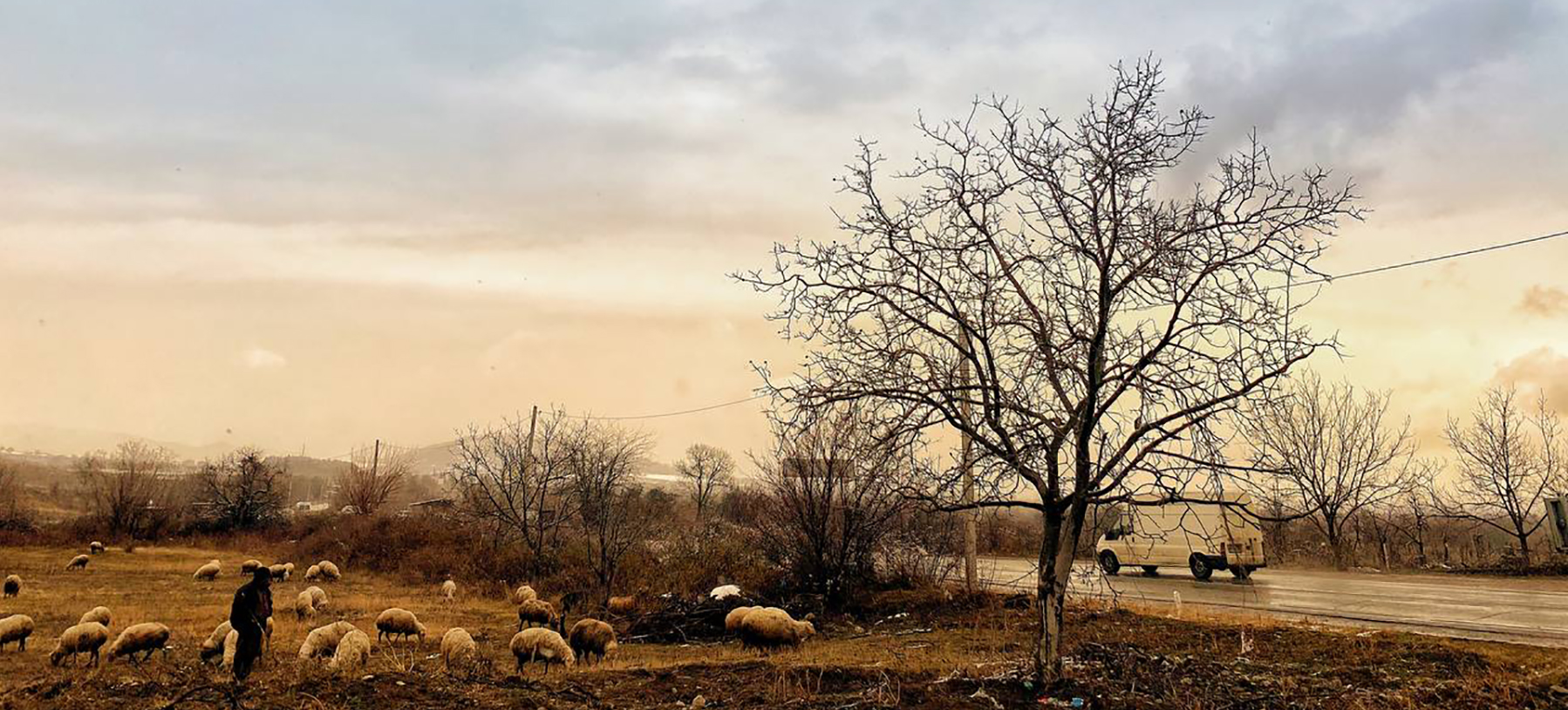Highlights
Mega-infrastructure projects and their local impacts
Visions of economic development by way of global connectivity and “green energy” are driving a boom in mega-infrastructure projects (MIPs) in countries of the global South. These projects are often tied to hopes of development and prosperity for local communities. But what is the reality on the ground? In 2023, together with our partners, we published two studies that paint a more critical picture.
The landscapes in which MIPs are implemented are hotspots of development. Emphasizing material gains and technical advances that provide connectivity for all, current discourses on ecological energy production, carbon sequestration, and sustainable development help to legitimize MIPs. However, these discourses mask the fact that persistent power asymmetries and capital interests play a central role in many MIPs.
In order to advance much-needed debate, we published a factsheet together with the Swiss Academy of Sciences (SCNAT) that describes the opportunities and challenges of MIPs from a scientific perspective. The factsheet highlights the risk of ignoring harms to local stakeholders and the lack of participatory decision-making in MIP-related political processes, planning, and implementation. We argue that these projects should be monitored transparently to enable real sustainability, in addition to offering recommendations for future research on MIPs.

How new transit routes are reshaping Georgia
Based on an exploratory study along the west–east highway in Georgia, our research partners at Tbilisi State University shed light on a particular phenomenon: that of growing transit routes between Asia and Europe, vividly illustrated by the expansion of the so-called Kakheti highway. Amidst the different geopolitical and economic goals of the various players operating in Central Asia and the South Caucasus, our research partners crystallized another key question: What do the projects mean for local populations? They, too, concluded that scientific knowledge and monitoring could significantly contribute to policy implementation by providing new solutions and suitable strategies for involving all key stakeholders transparently from the planning phase through to implementation.
